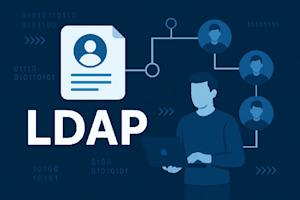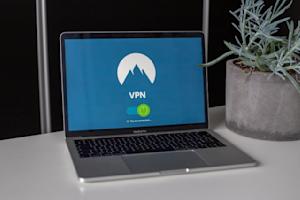Wi-Fi forms the backbone of our educational institutions, enabling everything from online homework portals to virtual faculty meetings. Most K-12 administrators have faith in their Wi-Fi networks' security and believe their existing cybersecurity measures to be adequate.
Unfortunately, this confidence can often be misplaced. Wi-Fi security, although frequently overlooked, could be the weak spot in your school’s network security system. In fact, according to Comparitech.com, ransomware attacks on US schools and colleges cost $9.45bn in 2022.
The Illusion of Wi-Fi Security
Schools often rely on several security solutions such as anti-malware and phishing prevention tools. While these solutions form key parts of a robust security strategy, they do not necessarily shield the school’s Wi-Fi network from all threats.
The notion that the Wi-Fi network is inherently secure, and that other security measures provide sufficient protection, is a hazardous misconception. This is particularly the case when IT staff, often based off-campus, may inadvertently neglect Wi-Fi security.
The Perils of Wi-Fi Vulnerability
Here's a reality check: Wi-Fi networks can be exploited by internal or external actors to gain unauthorized access to systems, resulting in serious complications. Through eavesdropping or intercepting Wi-Fi data (a practice known as a Man-in-the-Middle, or MITM, attack), malicious individuals can steal credentials from teachers and administrators.
This can lead to unsanctioned access to the unprotected admin/staff network, manipulations in grading systems, or even complete system shutdowns that hamper academic activities such as exams.
In addition to this, MITM attacks could also provide a gateway for other attacks, where ransomware can be deployed, or personal data can be stolen for harmful purposes. This isn't just theoretical; breaches like these have happened before and will happen again if the right steps are not taken.
Network Security: Maintaining Visibility and Control
Another important aspect of network security is maintaining visibility and control over network access, which could include managing access of former employees or students. Rogue access can lead to unwanted breaches, leakage of sensitive information, and can circumvent network filters set in place, particularly in educational institutions. It's essential to regularly review and update access controls to ensure only current, authorized individuals have access.
"Evil Twin Attacks” (aka Wi-Fi eavesdropping): A Hidden Threat in School Wi-Fi Networks
A particularly alarming but often overlooked type of Wi-Fi network attack is the "evil twin" attack. In this scenario, a rogue Wi-Fi network is created that mimics the legitimate network in name and appearance. This rogue network acts as an 'evil twin' of the original network, fooling users into connecting to it instead of the legitimate one. This trick is worryingly simple to execute and requires minimal technical skills, making it a feasible tactic even for non-tech-savvy students.
Unsuspecting teachers might unknowingly connect to this rogue network while performing their daily tasks. Once connected, the teacher’s device is exposed. The individual operating the evil twin network can monitor the teacher's online activities, intercept sensitive data such as login credentials, and potentially gain access to confidential resources.
Meeting Compliance Requirements
K-12 schools are bound by several critical regulations, including the Children’s Online Privacy Protection Act (COPPA), the Children’s Internet Protection Act (CIPA), the Family Educational Rights and Privacy Act (FERPA), and the Health Insurance Portability and Accountability Act (HIPAA).
These laws mandate that schools ensure online safety for students, preserve the privacy of student records, and protect health information. Implementing a robust Wi-Fi security framework is integral to meeting these regulatory requirements.
The Role of RADIUS in Compliance and Wi-Fi Security
RADIUS (Remote Authentication Dial-In User Service) can play a pivotal role in helping your school comply with these standards. It does this by providing secure, authenticated access to your Wi-Fi networks. A robust access control product like Foxpass RADIUS server which integrates with your existing systems and requires minimal setup time.
With RADIUS, when a user attempts to access the network, their credentials are authenticated and their device is assessed to meet security standards. This diminishes the likelihood of unauthorized access and thereby mitigates the risk of breaches and data leaks. Consequently, it helps meet the privacy requirements under FERPA, COPPA, and HIPAA by limiting access to sensitive student data and health information.
The control that RADIUS Authentication offers can also assist in CIPA compliance. By ensuring that only authorized users have network access, schools can better manage and monitor online activities, providing the necessary safeguards to prevent access to inappropriate online content.
Secure Your School Now
Security complacency can lead to devastating consequences for K-12 schools. It's time to assess your current security measures and consider the gaps that may exist, particularly in your Wi-Fi network. Don't wait until a breach occurs to realize the importance of Wi-Fi security.
Implement solutions like Foxpass RADIUS today to ensure that your school’s network is truly secure, compliant, and prepared for the future. Remember, security is not just about protecting systems and data—it's about safeguarding the future of our students. When it comes to Wi-Fi security in K-12 schools, it's better to be safe than sorry.




